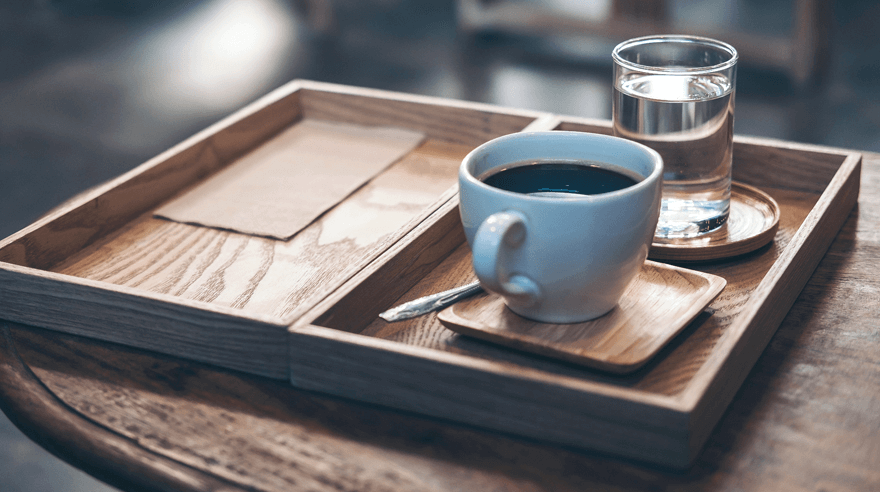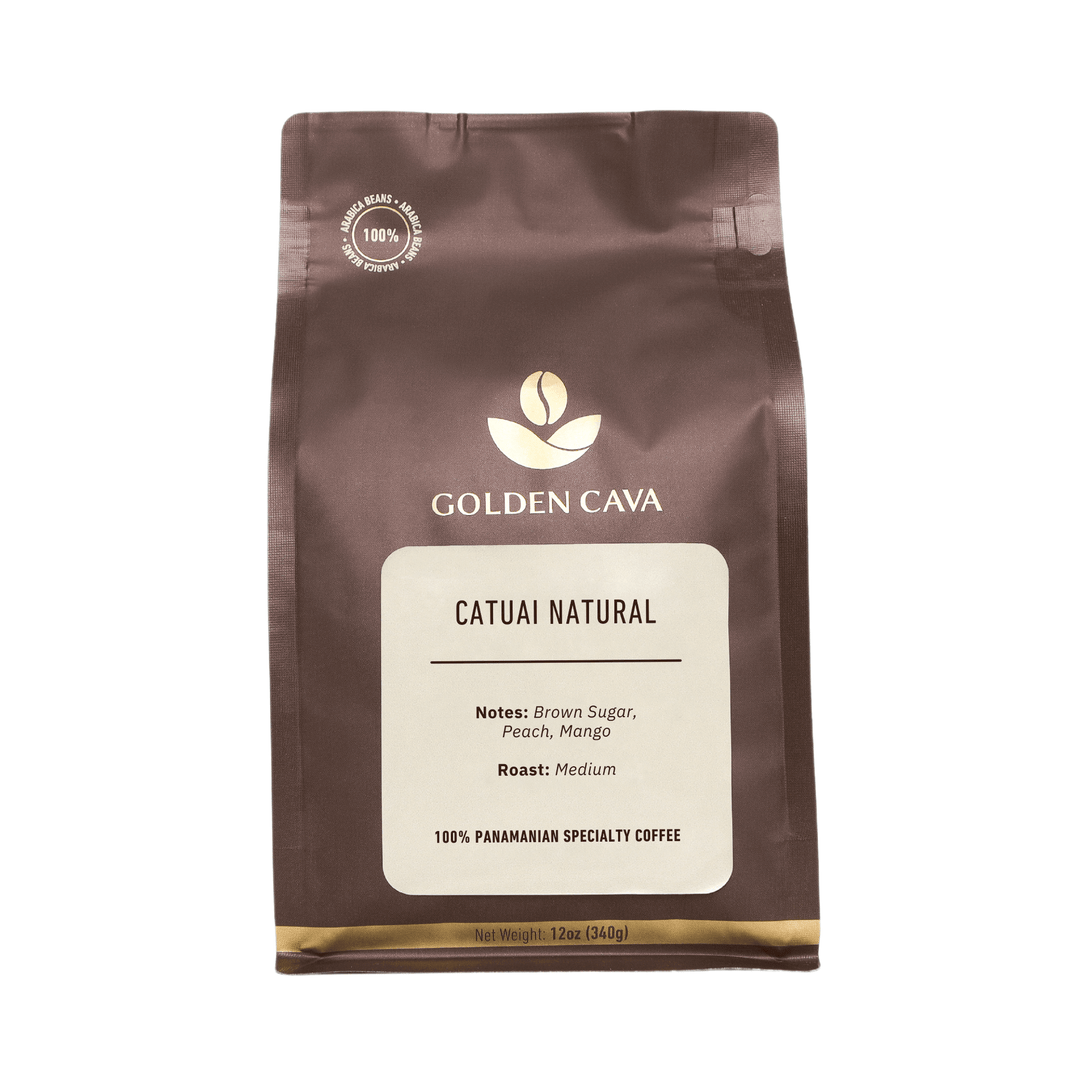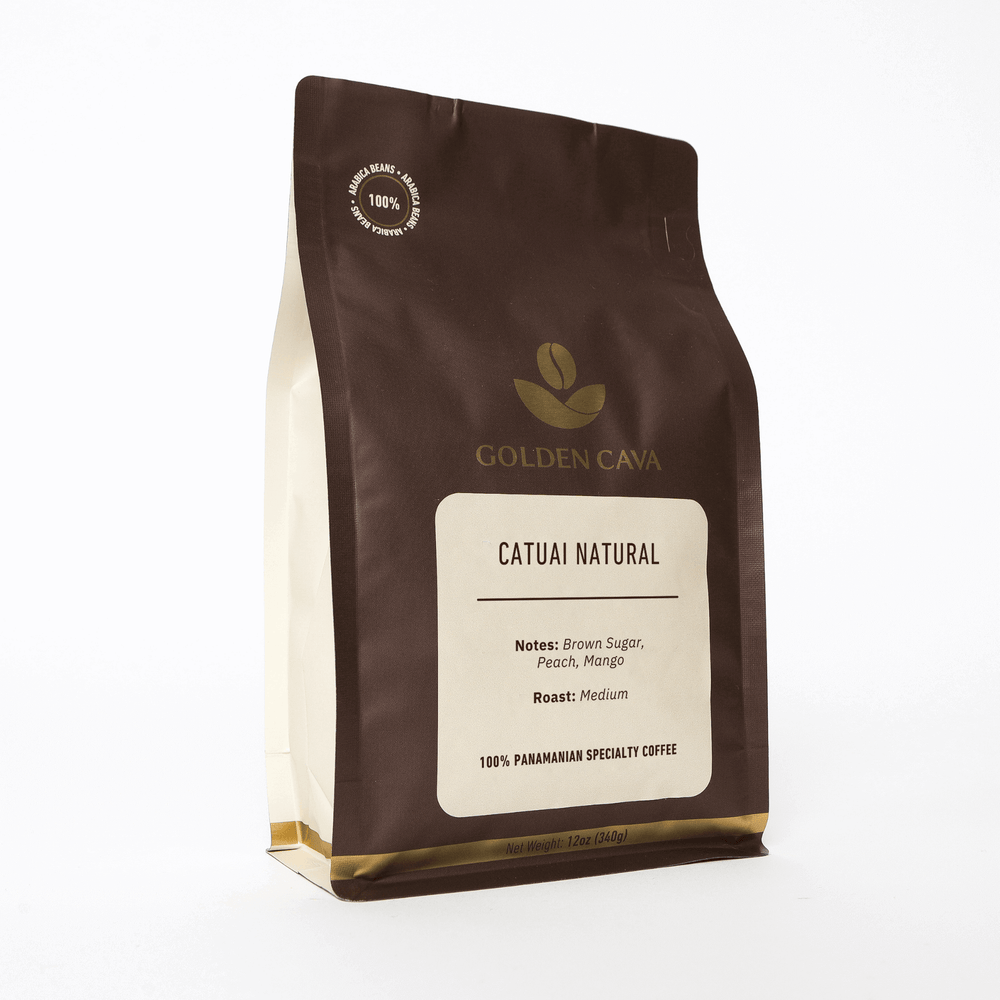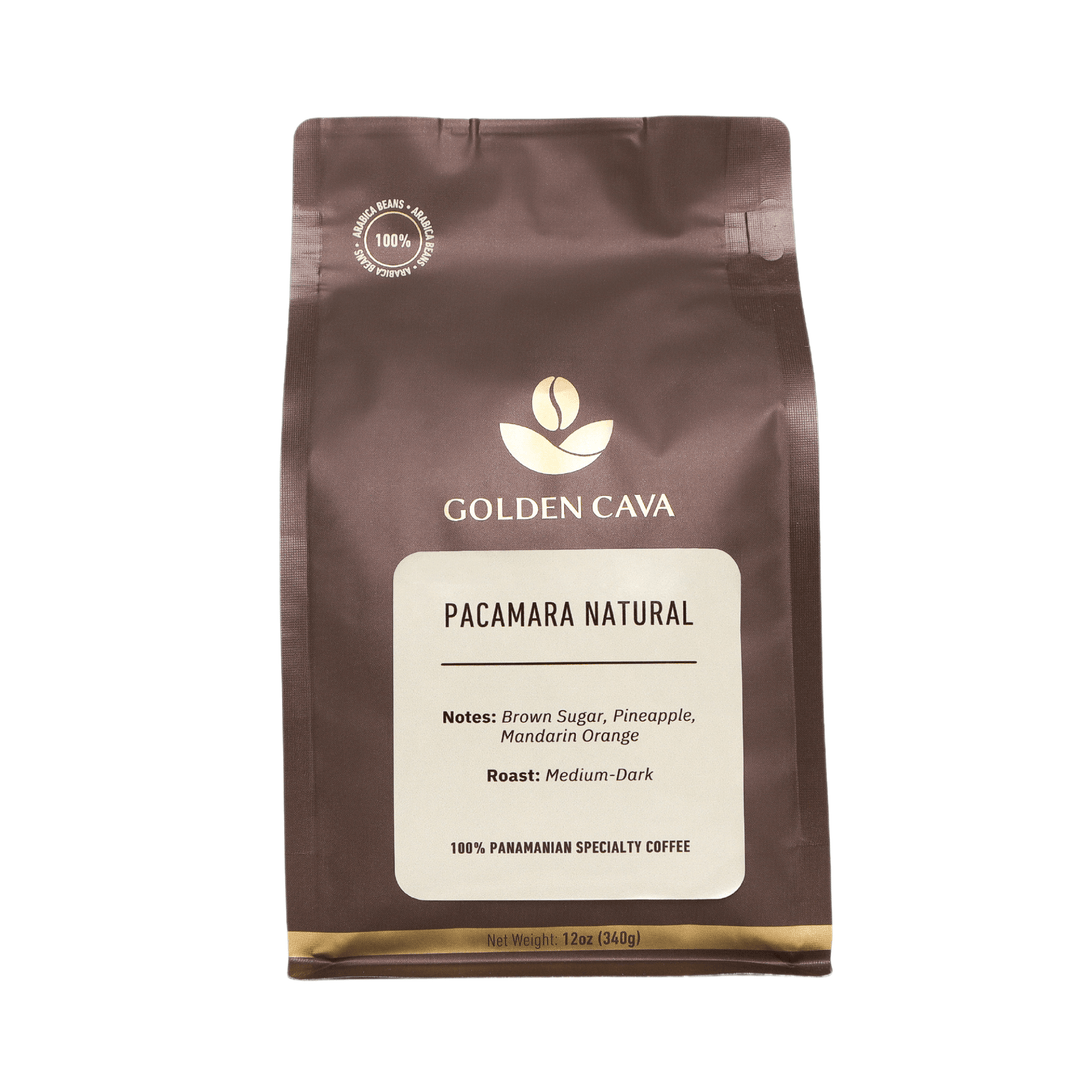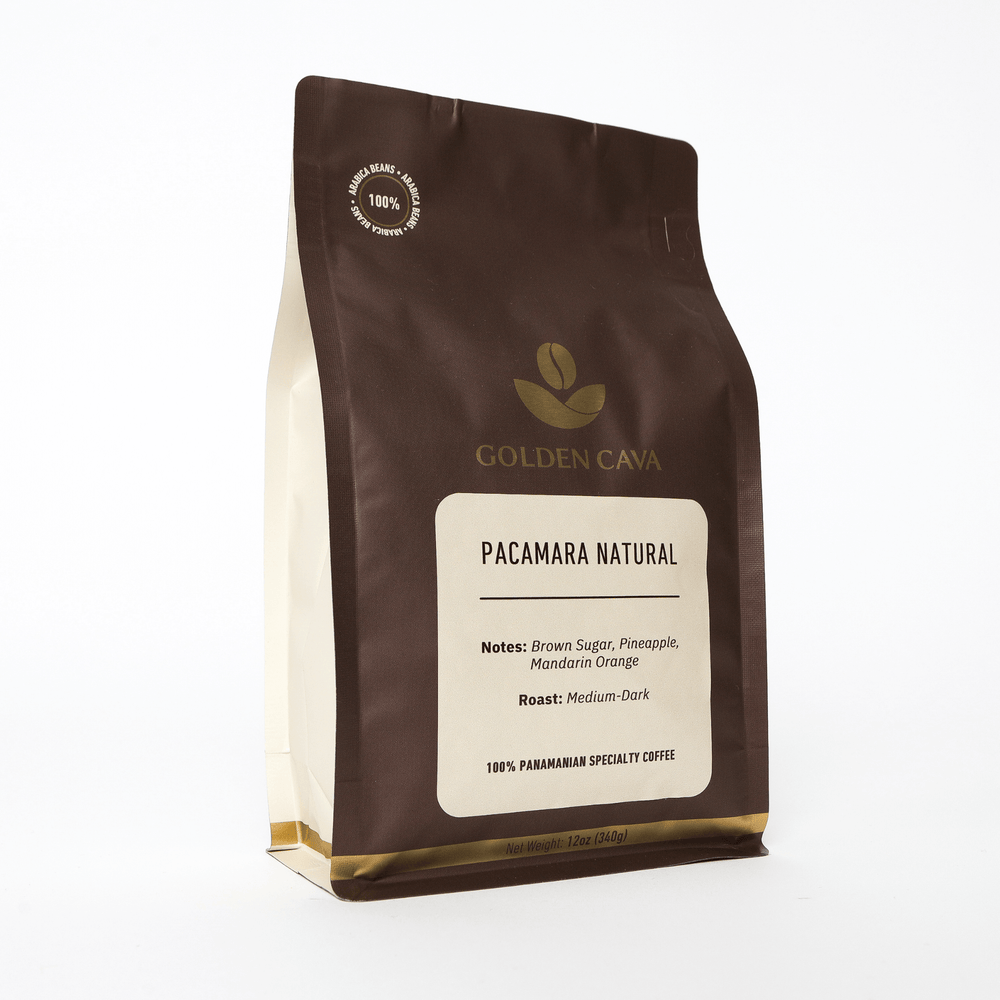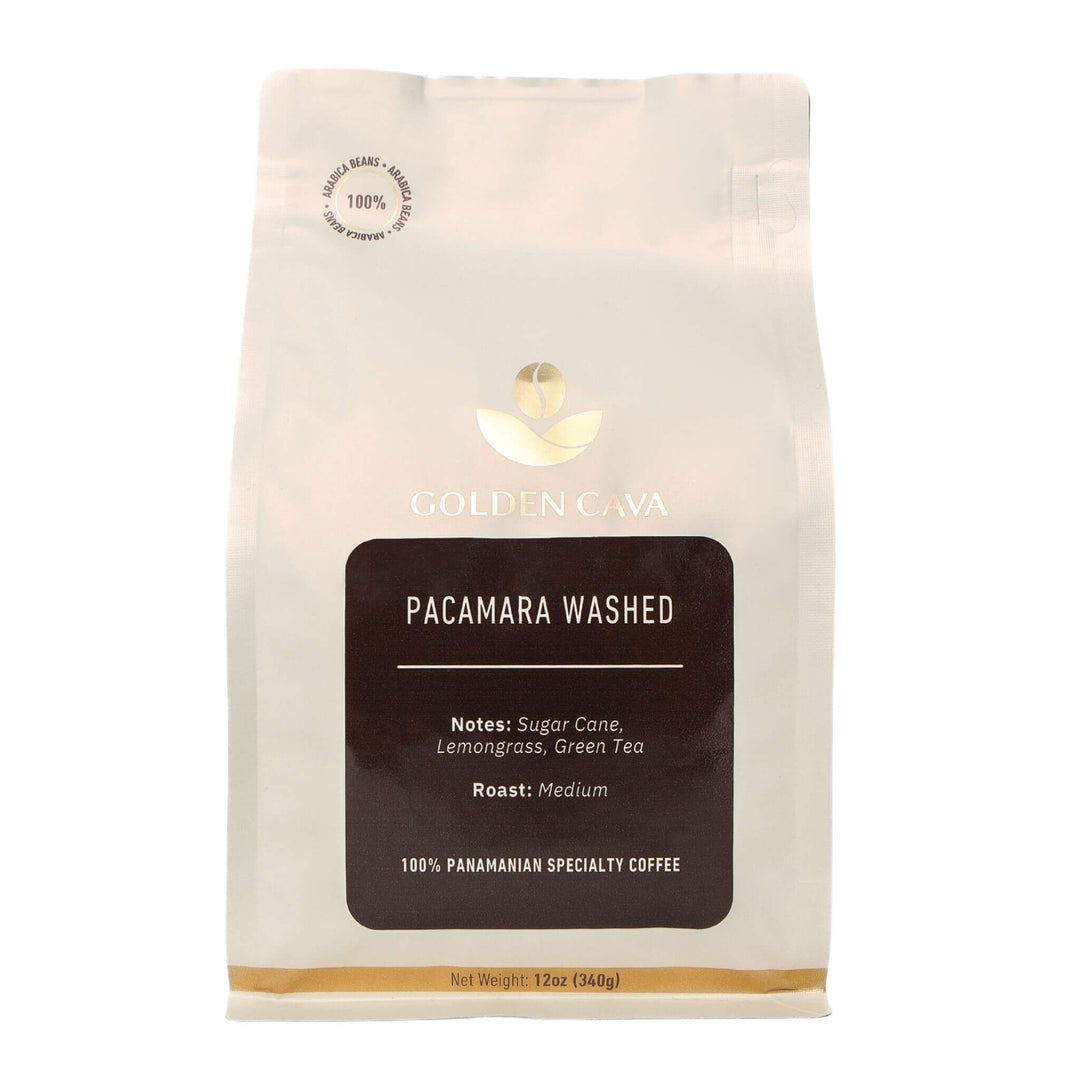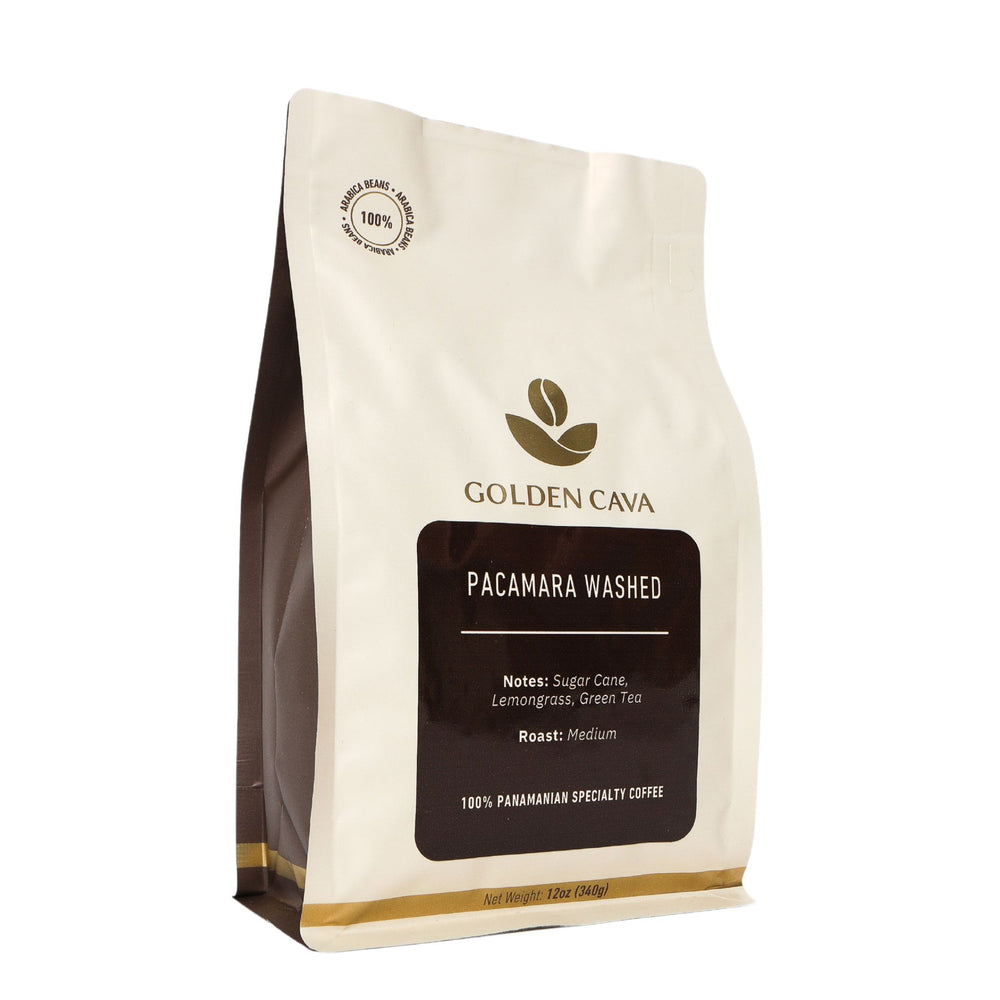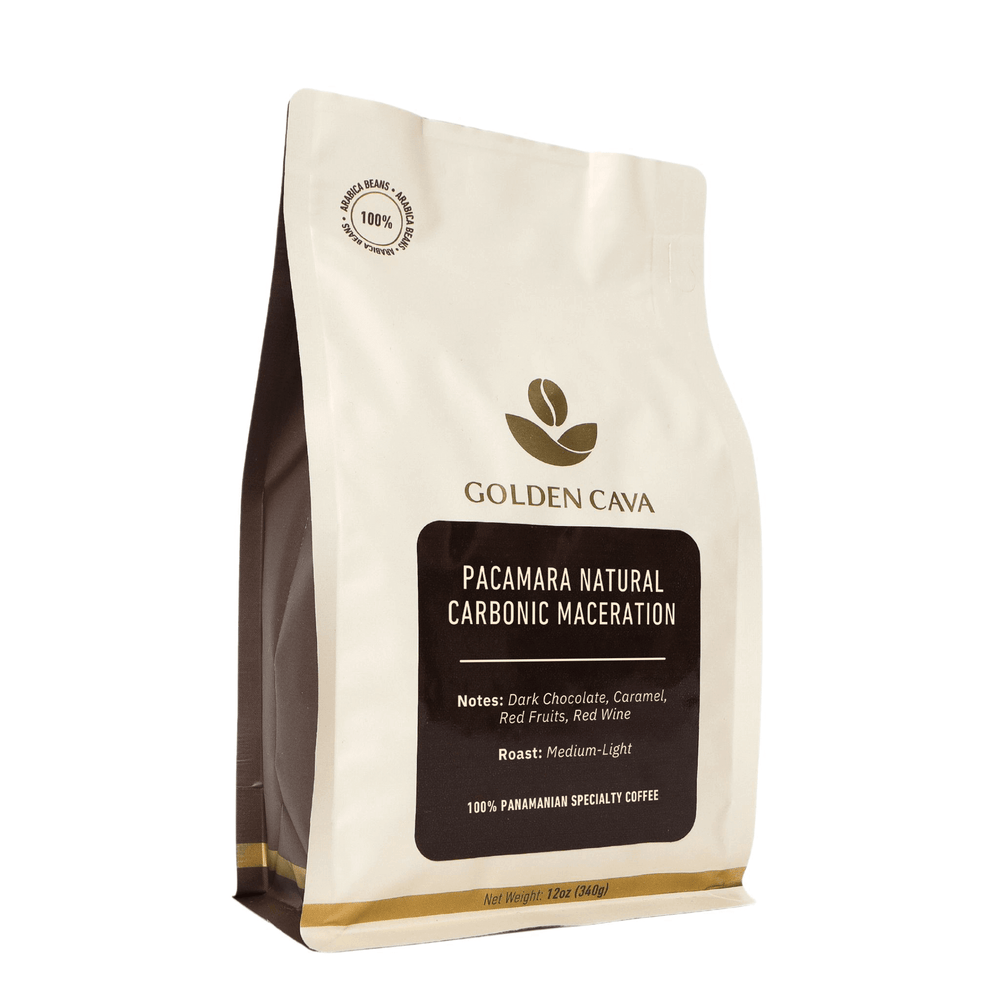For coffee aficionados, understanding the notion of "bloom coffee" is fundamental for concocting an exquisite cup. The blooming process plays a significant role in extracting the rich flavors and aroma from your freshly roasted beans.
To understand the importance of bloom coffee in brewing a perfect cup, this blog post will explain what it is and how it affects your daily brew. You'll learn about proper techniques for blooming coffee beans, why this step should not be skipped, and how to recognize freshly bloomed beans.
By mastering these concepts around bloom coffee, you can elevate your brewing skills to new heights and enjoy an unparalleled flavor experience with each sip.
Table Of Contents:
- What is Bloom Coffee?
- The Science Behind Coffee Blooming
- How to Bloom Coffee Beans
- Why Should You Bloom Coffee Beans?
- Signs of Freshly Bloomed Coffee Beans
- How Long Does It Take to Bloom Coffee Beans?
- Frequently Asked Questions Bloom Coffee
- Final Thoughts
What is Bloom Coffee?
The process of blooming coffee beans is an essential step in brewing a perfect cup of filtered specialty coffee, but is only seen when you brew your morning drink via a filter method. It refers to the initial release of carbon dioxide (CO2) and other gasses from freshly ground coffee when it comes into contact with hot water.
The release of CO2 and other gasses from ground coffee when exposed to hot water significantly impacts the flavor profile and its overall freshness.
The Science Behind Coffee Blooming
Coffee beans contain various compounds, including oils, acids, and aromatic molecules that contribute to their unique flavors. During roasting, these compounds undergo chemical reactions that produce CO2 as a byproduct. The gas gets trapped within the bean's cellular structure until it encounters hot water during brewing.
Piquing hot water over freshly ground coffee triggers a rapid release of CO2 known as coffee blooming. As this gas escapes from the grounds, it creates bubbles on the surface resembling flower petals opening up - hence its name, "bloom."
This brief yet vital stage allows for even extraction by ensuring all grounds are evenly saturated before full immersion or drip brewing begins.
Bloom Impact on Flavor Profile
- Freshness: A more vigorous bloom indicates fresher beans since they retain higher levels of CO2, resulting in brighter flavors and aromas.
- Aroma: The bloom releases volatile aromatic compounds responsible for creating complex notes such as fruity or floral scents found in high-quality coffees.
- Acidity: Proper blooming helps balance acidity by allowing CO2 to escape before brewing, preventing it from affecting the final taste.
- Bitterness: Blooming reduces bitterness by promoting even extraction of soluble compounds and minimizing over-extraction of undesirable elements like tannins or quinic acid.
Incorporating coffee bloom into your brewing process can significantly enhance your overall experience with specialty coffees. By understanding this phenomenon, you'll be better equipped to appreciate the intricate flavors and aromas that make each cup unique.
At Golden Cava, we are dedicated to helping you explore these sensory delights through our carefully curated selection of specialty coffees.

Key Takeaway: Bloom coffee is the process of releasing trapped CO2 from freshly ground beans when exposed to hot water, which can affect flavor profile and overall quality. It's essential in brewing a great cup of specialty coffee as it helps balance acidity while reducing bitterness through even extraction of soluble compounds.
How to Bloom Coffee Beans
Follow this step-by-step guide on how to bloom coffee beans for optimal taste:
- Choose fresh, high-quality coffee beans: Start with freshly roasted, whole bean coffee from a reputable source like Golden Cava. The freshness of your beans plays a significant role in achieving a perfect bloom.
- Grind your coffee just before brewing: Grinding your own beans right before you brew ensures maximum freshness and helps release trapped gasses during blooming. Use a burr grinder for consistent grind size, which will help with even extraction.
- Weigh out the correct amount of coffee grounds: Measure out the appropriate amount of ground coffee based on your preferred brewing method and desired strength. A general guideline is using around 15 grams (1 tablespoon) per every 8 ounces (240 milliliters) of water.
- Rinse filter or pre-wet espresso puck if applicable: If you're using paper filters for pour-over or drip methods, rinse them thoroughly with hot water to remove any residual paper taste. For espresso machines, make sure to pre-wet the puck by running some hot water through it without any grounds inside.
- Add just enough hot water to saturate all grounds: Pour about twice as much hot water over the dry grounds as there are grams of dry weight, this should be between roughly one-quarter and one-third total volume needed for full brew cycle. For example, if you have measured out fifteen grams worth, then add thirty milliliters of hot water at first. The ideal temperature range should be between 91°C and 96°C. This initial pour will help release trapped gasses and allow the coffee to bloom.
- Wait for the bloom: After adding your initial amount of hot water, wait for about 30-45 seconds while observing how grounds expand or "bloom.” This is a sign that you're using fresh beans. You may also notice bubbles forming on the surface; these are carbon dioxide escaping from within bean cells which were broken during the grinding process.
- Continue brewing: After allowing your coffee to bloom, proceed with your chosen brewing method, whether it's a pour-over, French press, espresso machine or any other technique. Remember to maintain proper brew time and extraction rate for best results.
Blossoming your coffee beans may appear as an extra step when filtering coffee, but investing this small amount of time can significantly enhance the taste quality – and isn't that what we all crave in our coffee?

Why Should You Bloom Coffee Beans?
Here are some key reasons why you should take the time to bloom your coffee beans:
1. Releases Carbon Dioxide
Freshly roasted coffee beans contain a high amount of carbon dioxide (CO2). When hot water comes into contact with these gasses, it creates bubbles and prevents proper extraction. Blooming allows for the release of CO2, ensuring a more even saturation during brewing.
2. Enhances Flavor Profile
The blooming process helps extract soluble compounds from the ground coffee, resulting in a richer and more complex flavor profile. By allowing adequate time for blooming, you'll be able to taste all those delicious notes hidden within each bean.
3. Improves Extraction Consistency
A consistent extraction is crucial for achieving optimal flavors in your cup of joe. Blooming ensures that all grounds are evenly saturated with water before brewing begins, leading to a smoother and more balanced extraction.
Tips on How to Achieve Proper Bloom:
- Freshness Matters: Purchase freshly roasted beans from reputable sources like Golden Cava. The fresher the roast date, the better.
- Weigh Your Coffee: To achieve consistency across brews, weigh out your desired amount of coffee using a digital scale rather than relying on scoops or volume measurements.
- Select Appropriate Grind Size: Your grind size will impact the rate at which CO2 is released during blooming. Experiment with different grind sizes to find the perfect balance for your brewing method.
- Pour Gently: When adding water during the bloom, pour gently and evenly over the grounds to ensure proper saturation without disturbing them too much.
While blooming coffee beans might initially appear as an extra step in your morning ritual, consider it a small effort that yields substantial flavor rewards. In just a few moments devoted to letting your coffee beans bloom, you'll find yourself enjoying a consistently more delicious and fulfilling cup.
Next, we will discuss signs of freshly bloomed coffee beans for those who are looking for an optimal experience.

Key Takeaway: Blooming your coffee beans is a must for any serious barista looking to unlock the full flavor potential of their brew. Taking just a few extra minutes to allow CO2 release and achieve even saturation results in an elevated cup that's sure to hit all the right notes. It's time well spent for an improved experience with every sip.
Signs of Freshly Bloomed Coffee Beans
If you're a coffee enthusiast, you'll want to make sure that your beans are as fresh as possible for the best flavor. In this section, we will discuss some key signs that indicate freshly bloomed coffee beans and how to spot them.
Aroma
One of the most noticeable signs of freshly bloomed coffee is its aroma. When coffee beans are properly bloomed, they release a strong and pleasant fragrance that can be easily detected by our senses.
If you're not getting a rich aroma from your brewed cup or during the brewing process, it might be an indication that your beans aren't fresh or haven't been correctly bloomed. Check out our guide on understanding different aromas in specialty coffees.
Bubbles and Gas Release
Freshly roasted and ground coffee contains carbon dioxide (CO2) trapped within its cells. As hot water comes into contact with these grounds during brewing, CO2 escapes rapidly through bubbles forming on top of the slurry - known as degassing or "blooming."
A good bloom should produce numerous small bubbles throughout the surface area indicating freshness; if there's little-to-no bubbling action happening when adding water to your grounds, chances are they may have lost their freshness over time.

Note: The amount of gas released depends on factors like roast level (lighter roasts typically have more CO2) and age since roasting (fresher coffees tend to release more gas).
Color and Texture of Grounds
The color and texture of your coffee grounds can also indicate freshness. Freshly bloomed coffee should have a uniform, dark brown color with no signs of oiliness or clumping. If the grounds appear to be oily or clumped together, this could suggest that they are not fresh or have been stored incorrectly.
To learn more about proper storage techniques for maintaining freshness, read our article on coffee storage tips.
Taste Test
Last but not least, the ultimate test to determine if your beans are freshly bloomed is by tasting the brewed cup itself. A well-bloomed coffee will produce a balanced flavor profile with bright acidity, a rich body, and complex notes - all characteristics indicative of high-quality specialty coffees like those found at Golden Cava's online store.
If your brew tastes flat or lacks depth in flavor despite following proper brewing methods (see our brew guides here), it might be time to reevaluate the freshness of your beans.
The signs of freshly bloomed coffee beans are the key to knowing when your coffee is at its peak freshness. Realizing the utmost flavor of your coffee requires being aware of when its blooms appear and what they look like.

Key Takeaway: To determine if your coffee beans are freshly bloomed, you should check for the aroma, bubbling and gas release during brewing, uniform dark brown color with no oiliness or clumping of grounds, and lastly taste test the brewed cup. If all these signs indicate freshness then you have a delicious cup of joe to enjoy.
How Long Does It Take to Bloom Coffee Beans?
The duration of blooming coffee beans can vary due to the grind size, water temperature, and freshness. In this section, we will discuss how long it typically takes to bloom coffee beans based on the factors above, and provide some tips for achieving the perfect bloom.
The Ideal Time Frame
Generally speaking, blooming coffee should take around 30-45 seconds. This allows enough time for carbon dioxide (CO2) gasses trapped within the freshly ground coffee particles to escape before brewing begins fully.
Releasing these gasses helps prevent over-extraction during brewing which could lead to bitter or sour-tasting cups of specialty coffee.
Tips for Achieving Perfect Bloom Times
- Freshness: As mentioned earlier, fresh coffee releases more CO2, leading to a better bloom. Always use freshly roasted and ground beans when possible.
- Grind Size: Finer grinds require less time than coarser ones because they have greater surface area exposed to water; however, too fine may cause over-extraction issues later in brewing process so finding right balance is key.
- Pouring Technique: Pour just enough hot water (around twice weight) onto the grounds evenly wet them without causing excessive agitation which might disrupt release gas bubbles from escaping properly during the initial stage - this technique known as "pre-wetting" or "bloom pour".
- Water Temperature: The ideal water temperature for blooming coffee beans is between 195°F and 205°F (90°C - 96°C). Too hot or too cold water can affect the bloom time and overall extraction.
Remember, achieving the perfect bloom in your coffee brewing process takes practice and experimentation. Attending to these details can assist in producing a superior cup of coffee, elevating its scents, flavors and delight.

Key Takeaway: This article discusses the ideal bloom time for coffee beans and provides tips on how to achieve it. The blooming stage should take an approximate time of thirty to forty-five seconds, contingent on aspects like grind size, water heat and the newness of the beans. With some practice and experimentation, you can brew a better cup of joe by getting your bloom just right.
Frequently Asked Questions Bloom Coffee
What's the point of blooming coffee?
The primary purpose of blooming coffee is to release carbon dioxide (CO2) trapped within the freshly roasted beans. This process ensures even extraction, resulting in a more balanced and flavorful cup of coffee. Blooming also helps avoid under-extraction by allowing water to penetrate the grounds evenly.
Is blooming coffee real?
Yes, blooming coffee is a real phenomenon that occurs when hot water comes into contact with freshly ground beans. The release of CO2 creates bubbles and causes the grounds to expand or "bloom." It's an essential step for brewing methods like pour-over, AeroPress, and French press to achieve optimal flavor extraction.
Should you let the French press bloom?
Yes, allowing your French press brew to bloom enhances flavor extraction by releasing trapped CO2 from freshly ground beans. To do this effectively: add just enough hot water (around double the weight of your grounds), stir gently ensuring all grinds are saturated then wait for 30-45 seconds before pouring in the remaining water and proceeding with normal steeping time.
How long does bloom coffee last?
This typically lasts between 30-45 seconds after adding hot water to fresh grounds. However, this duration may vary depending on factors such as bean freshness, roast level, grind size, and brewing method used. For best results, allow your coffee to bloom for at least 30 seconds before continuing with your preferred brewing technique.
Final Thoughts
The process of blooming your coffee before brewing serves as a crucial step in achieving an enhanced extraction, resulting in a cup of coffee that is notably richer and more complex in flavor. Beyond the taste improvement, this method also enables you to discern signs of freshness in your coffee beans.
When executed correctly, you'll observe the release of carbon dioxide bubbles and a noticeable increase in the size of the coffee grounds, indicating that you're on the path to extracting the full spectrum of flavors and aromas locked within your beans. This not only enhances your coffee's taste but also ensures you're enjoying the freshest and most satisfying brew possible!

